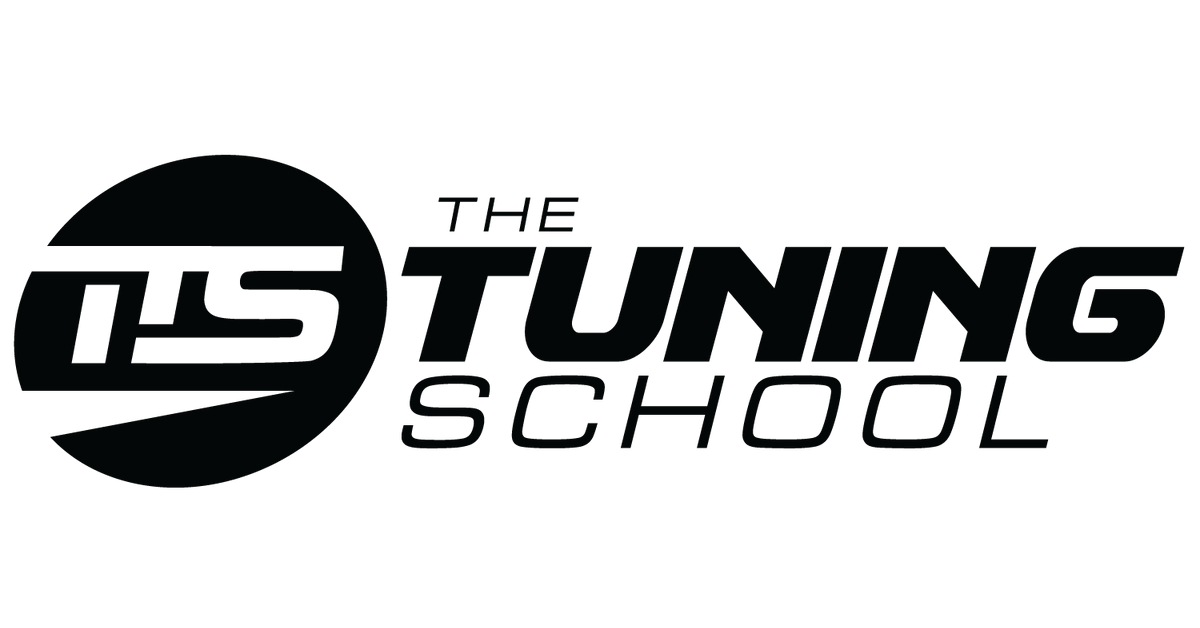Anyone using HP Tuners to log or tune their ZF8HP70 transmission?
After unlocking the SRT custom drive mode screens, I started looking at the transmission tuning in HP Tuners, and engaged a respected ZF transmission tuner to help me gain a better understanding and make some changes.
As an example, i want the 2-1 downshift to be smoother and not shake the vehicle when coming to a stop, I also want it to use 8th when in Sport, and want it to use 7th and 8th when in track.
The idea is to make these adjustments now, and use it as a way for me to gain an understanding of how this works ... so early next year, after I install the Whipple supercharger, I can then take a more in-depth approach in getting a final transmission tune applied to suit the new power levels.
In general, the way this works is the logic of the TCM identifies a "Shift Pattern" to use for a given situation. There are many things which impact the choice of which pattern to use like ... drive mode, driver type, temp, road inclination, engine demand, throttle position, etc, etc, etc ...
Then the Shift Pattern ID contains a table which controls the shifting with respect to throttle demand and tail shaft RPM.
Here is where the shift pattern tables are found:
![Image]()
And here's a look at Shift Pattern 5 (which is the primary table used for Normal (or Auto) drive mode:
![Image]()
So when throttle input is say 50%, and the tail shaft speed is rising and crosses 2,550 RPM, the vehicle will shift from 4th to 5th.
When logging the transmission, and using VCM Scanner to review the log ... "Shift ID" is the parameter/channel which tells you the Shift Pattern the TCM should be using:
![Image]()
In general, it's expected for the TCM to use table 5 for Normal mode, table 7 for Sport mode, and table 9 for Track mode. Of course, the other pattern tables do get used for varying scenarios, but 5, 7, and 9 are generally the primary tables (or supposed to be).
My question for someone who has VCM scanner and has logged the 8HP70 is ... when you log Sport and Track modes, are you seeing pattern tables 7 and 9 being used?
In my vehicle, I'm seeing shift pattern 7 being used for both Sport and Track drive modes. This surprised me and also surprised the guy I engaged to help tune it, as he also expected it to use 9 for Track.
I'm wondering if my work to unlock the SRT drive mode screens in the uConnect is somehow causing Track mode to use pattern 7 instead of pattern 9. I can certainly switch my BCM back to factory settings and test ... but thought maybe someone else might be doing some logging for me to use as another data point.
After unlocking the SRT custom drive mode screens, I started looking at the transmission tuning in HP Tuners, and engaged a respected ZF transmission tuner to help me gain a better understanding and make some changes.
As an example, i want the 2-1 downshift to be smoother and not shake the vehicle when coming to a stop, I also want it to use 8th when in Sport, and want it to use 7th and 8th when in track.
The idea is to make these adjustments now, and use it as a way for me to gain an understanding of how this works ... so early next year, after I install the Whipple supercharger, I can then take a more in-depth approach in getting a final transmission tune applied to suit the new power levels.
In general, the way this works is the logic of the TCM identifies a "Shift Pattern" to use for a given situation. There are many things which impact the choice of which pattern to use like ... drive mode, driver type, temp, road inclination, engine demand, throttle position, etc, etc, etc ...
Then the Shift Pattern ID contains a table which controls the shifting with respect to throttle demand and tail shaft RPM.
Here is where the shift pattern tables are found:
And here's a look at Shift Pattern 5 (which is the primary table used for Normal (or Auto) drive mode:
So when throttle input is say 50%, and the tail shaft speed is rising and crosses 2,550 RPM, the vehicle will shift from 4th to 5th.
When logging the transmission, and using VCM Scanner to review the log ... "Shift ID" is the parameter/channel which tells you the Shift Pattern the TCM should be using:
In general, it's expected for the TCM to use table 5 for Normal mode, table 7 for Sport mode, and table 9 for Track mode. Of course, the other pattern tables do get used for varying scenarios, but 5, 7, and 9 are generally the primary tables (or supposed to be).
My question for someone who has VCM scanner and has logged the 8HP70 is ... when you log Sport and Track modes, are you seeing pattern tables 7 and 9 being used?
In my vehicle, I'm seeing shift pattern 7 being used for both Sport and Track drive modes. This surprised me and also surprised the guy I engaged to help tune it, as he also expected it to use 9 for Track.
I'm wondering if my work to unlock the SRT drive mode screens in the uConnect is somehow causing Track mode to use pattern 7 instead of pattern 9. I can certainly switch my BCM back to factory settings and test ... but thought maybe someone else might be doing some logging for me to use as another data point.







